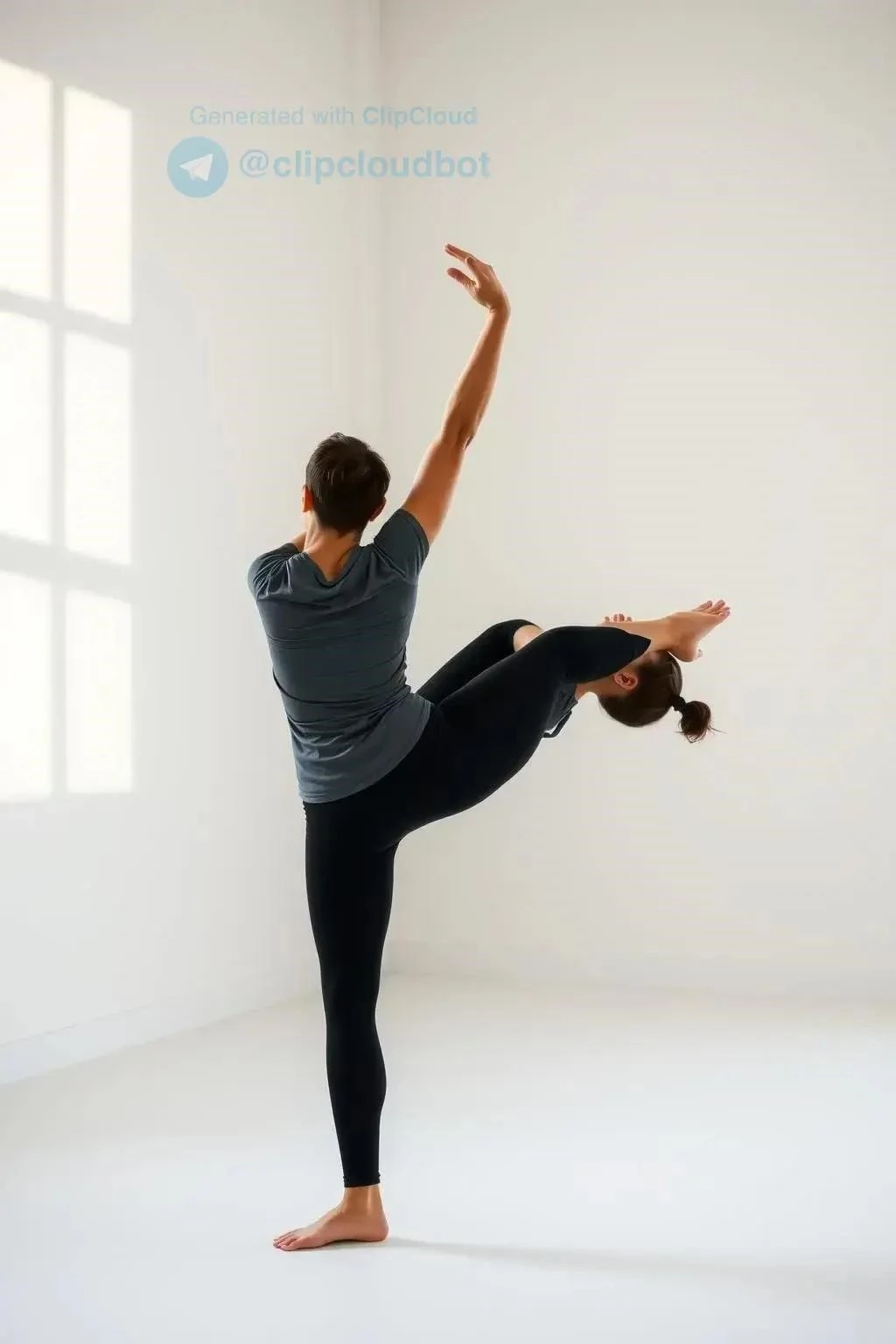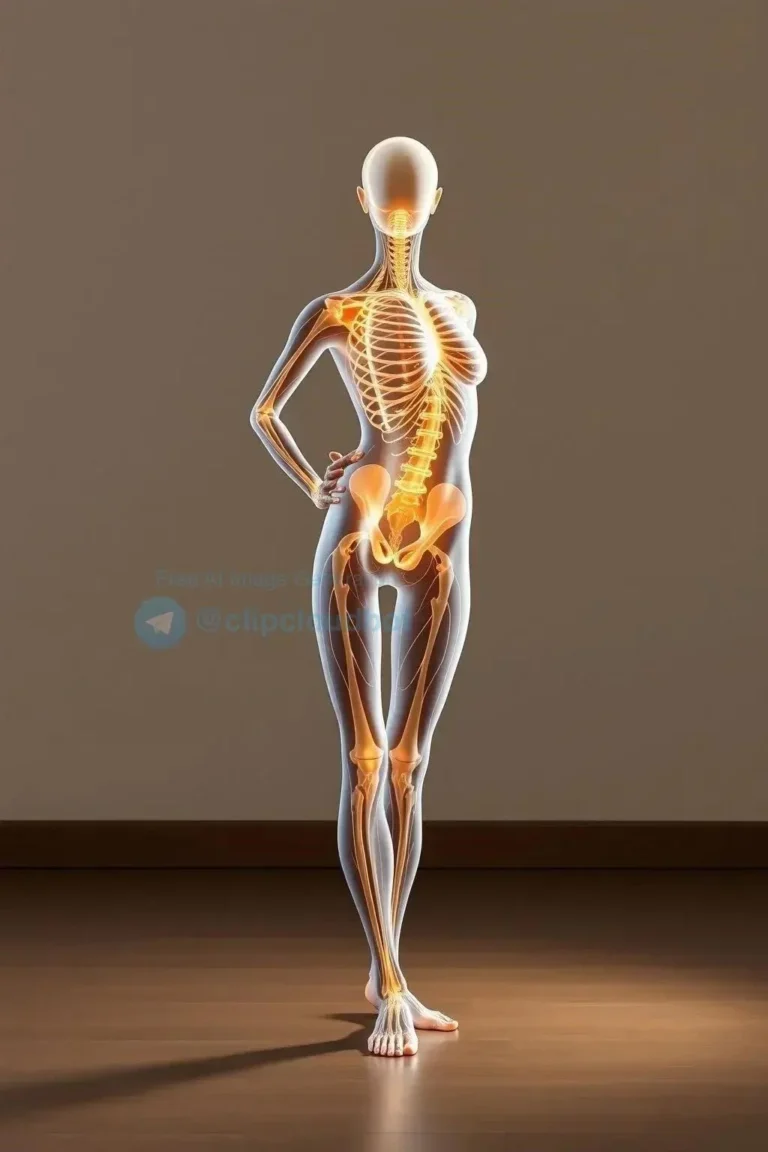Understanding Functional Movement
Functional movement refers to the body’s ability to perform everyday tasks easily and efficiently. It involves compound movements that utilize multiple muscle groups simultaneously, mimicking real-life actions like lifting, pushing, pulling, and squatting; Unlike isolated exercises that target specific muscles, functional movements prioritize integrated, whole-body actions for improved performance and reduced injury risk.
Key Benefits of Functional Mobility
Engaging in regular functional movement training offers a wide array of benefits that extend beyond the gym and significantly impact your overall quality of life. These benefits contribute to improved physical function, reduced injury risk, and enhanced well-being across various age groups and fitness levels.
Enhanced Daily Life Activities
Functional mobility directly translates to easier performance of everyday tasks. Lifting groceries, climbing stairs, playing with children, or simply getting up from a chair become smoother and less strenuous. This newfound ease of movement fosters independence and reduces reliance on others for assistance, particularly important as we age.
Improved Athletic Performance
For athletes, functional mobility training enhances power, agility, and coordination. By mimicking the movement patterns required in specific sports, these exercises improve performance and efficiency on the field. Whether it’s a powerful swing in baseball or a quick change of direction in basketball, functional mobility provides the foundation for optimal athleticism.
Injury Prevention and Rehabilitation
Strengthening the muscles and joints through functional movements helps protect the body from injuries. By improving stability, balance, and coordination, these exercises reduce the likelihood of strains, sprains, and other common injuries. Moreover, functional movement plays a crucial role in rehabilitation, helping individuals regain lost function and mobility after an injury.
Increased Core Strength and Stability
Many functional movements engage the core muscles, which are essential for stability and balance. A strong core provides a solid foundation for all other movements, improving posture, reducing back pain, and enhancing overall physical performance; This enhanced core stability translates to better balance and control, reducing the risk of falls, especially beneficial for older adults.
Improved Posture and Body Awareness
Functional movement exercises promote proper body alignment and increase awareness of how your body moves in space. This improved body awareness helps you identify and correct postural imbalances, leading to better posture and reduced pain. By focusing on correct form and technique, these exercises enhance your ability to move efficiently and gracefully.
Improving Functional Movement: Practical Exercises
Incorporating functional exercises into your fitness routine can significantly improve your mobility, strength, and overall physical well-being. These exercises mimic everyday movements, making them practical and effective for enhancing real-life activities. Here are a few examples to get you started:
Squats
Squats are a fundamental functional movement that strengthens the legs, glutes, and core. They mimic the action of sitting down and standing up, crucial for everyday activities. Variations include bodyweight squats, goblet squats (holding a weight), and jump squats for added intensity. Focus on maintaining proper form throughout the movement.
Lunges
Lunges improve balance, coordination, and leg strength. They mimic the motion of walking and stepping, making them highly functional. Forward lunges, reverse lunges, and lateral lunges target different muscle groups. Maintain a controlled movement and ensure your knee aligns with your ankle.
Push-Ups
Push-ups are a classic exercise that strengthens the chest, shoulders, and triceps. They improve upper body strength and stability, essential for pushing movements in daily life; Modifications include incline push-ups and knee push-ups for beginners. Focus on a controlled descent and a powerful push-up.
Rows
Rows strengthen the back muscles, improving posture and pulling strength. Bent-over rows with dumbbells or barbell rows are effective variations. Maintain a flat back and controlled movement throughout the exercise. Rows are crucial for activities like lifting and pulling objects.
Plank
The plank is a core strengthening exercise that improves stability and endurance. Hold a plank position with forearms on the ground and body in a straight line. Engage your core and maintain proper form throughout the hold. Planks enhance core stability, beneficial for various functional movements.
Rotational Exercises
Rotational movements, like medicine ball twists or cable rotations, improve core strength and rotational power. These movements are important for activities that involve twisting, such as throwing or swinging. Focus on controlled movement and engage your core throughout the exercise.
Integrating Functional Movement into Daily Life
Integrating functional movement into your daily routine doesn’t require a gym membership or dedicated workout sessions. Small changes in your daily habits can significantly improve your mobility, strength, and overall well-being. By incorporating these simple yet effective strategies, you can seamlessly enhance your functional fitness throughout your day.
Take the Stairs
Opting for the stairs instead of the elevator or escalator provides a practical and readily available functional exercise. Stair climbing strengthens leg muscles, improves cardiovascular health, and mimics a common daily activity. Incorporate this simple change whenever possible to enhance your functional mobility.
Walk or Bike More
Choosing to walk or bike for short trips instead of driving offers an excellent opportunity to integrate functional movement. These activities engage multiple muscle groups, improve cardiovascular fitness, and contribute to a more active lifestyle. Embrace these alternatives whenever feasible.
Active Commuting
Consider incorporating active commuting into your routine, such as walking or cycling to work. This not only provides the benefits of regular exercise but also reduces reliance on vehicles and promotes a healthier, more sustainable lifestyle. Explore active commuting options to enhance your daily routine.
Housework as Exercise
View household chores as opportunities for functional movement. Activities like gardening, cleaning, and vacuuming engage various muscle groups and contribute to improved mobility and strength. Embrace these tasks as a way to stay active throughout the day.
Play with Your Kids
Engaging in active play with children provides a fun and engaging way to incorporate functional movement. Activities like running, jumping, and playing catch improve cardiovascular health, coordination, and overall fitness for both you and your children. Embrace playtime as a form of exercise.
Stand Up Regularly
If you have a sedentary job, make a conscious effort to stand up and move around regularly. Prolonged sitting can negatively impact posture and mobility. Set reminders to stand up, stretch, and walk around every 30 minutes to counteract the effects of prolonged sitting.






